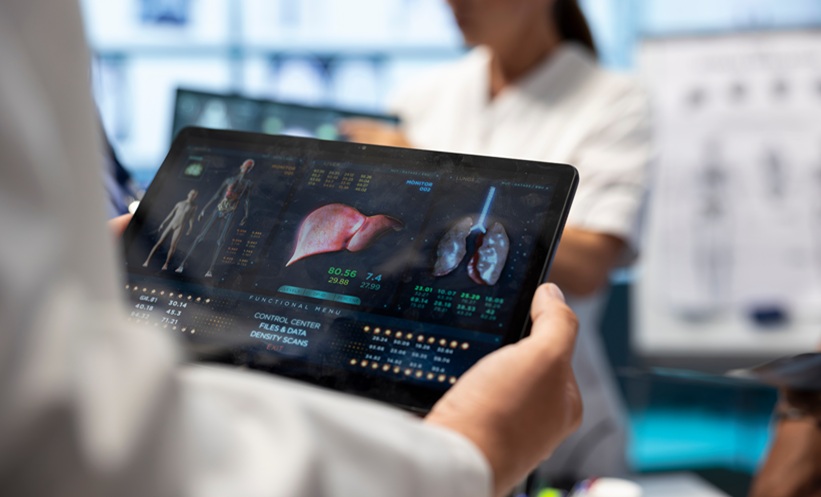CHRONIC liver disease remains a pressing global health concern, with cirrhosis ranking among the leading causes of death in many regions. As liver fibrosis progresses, it culminates in cirrhosis and potentially hepatocellular carcinoma, significantly impacting patients’ lives and healthcare systems. Accurate staging of cirrhosis is crucial for determining prognosis, guiding treatment, and predicting complications.
Traditional tools like the Child-Pugh score and serological markers (APRI, FIB-4, ALBI) are commonly used to assess liver function. However, they are prone to variability due to subjective clinical symptoms or external factors like inflammation. Imaging techniques such as ultrasound and magnetic resonance elastography (MRE) have also been employed, but these methods face limitations in certain patient groups and clinical settings.
This new study highlights the growing role of extracellular volume (ECV) measurement using spectral CT, which quantifies the proportion of extracellular matrix in liver tissue. As fibrosis advances, collagen and other matrix proteins accumulate, expanding extracellular spaces, reflected in rising ECV values. This study confirms a significant correlation between ECV and liver function stages (Child-Pugh classification), with ECV levels increasing consistently from healthy individuals to patients in advanced cirrhosis stages.
Importantly, ECV values demonstrated better diagnostic performance than traditional serological scores like MELD-Na. The ECV method also offers practical advantages, such as being less affected by comorbidities or systemic inflammation and relying on objective imaging data rather than subjective clinical signs.
Despite promising results, limitations include a retrospective design, a small sample size for Child-Pugh C patients, and an underrepresentation of cirrhosis from non-viral causes. Further large-scale, prospective studies are needed to validate findings and refine diagnostic thresholds.
In conclusion, CT-derived ECV presents a promising non-invasive biomarker for evaluating liver fibrosis and cirrhosis severity. Its integration into routine imaging could enhance clinical decision-making and facilitate earlier interventions for patients with chronic liver disease.
Reference
Zhang H et al. Estimating liver cirrhosis severity with extracellular volume fraction by spectral CT. Sci Rep. 2025;15(1):18343. 2025;DOI:10.1038/s41598-025-03717-x.








